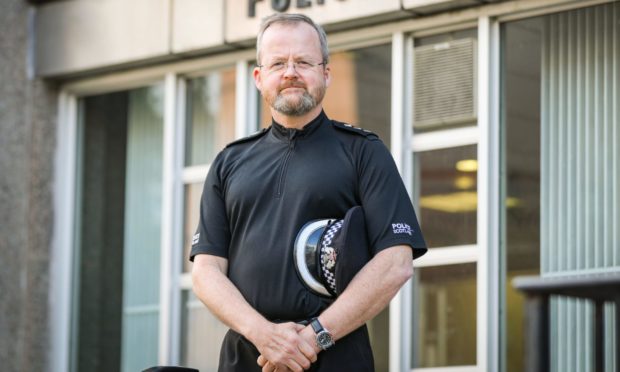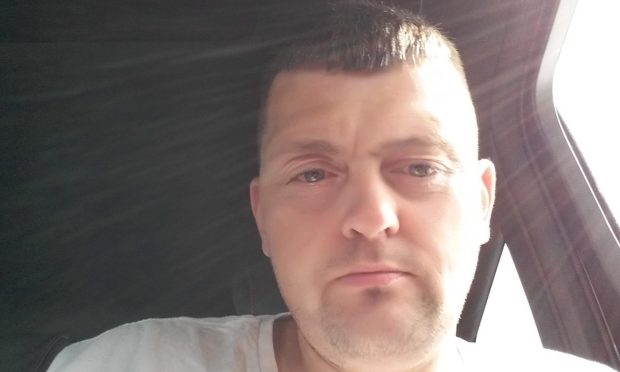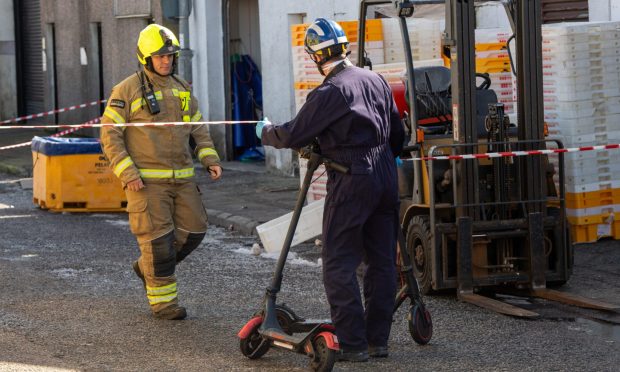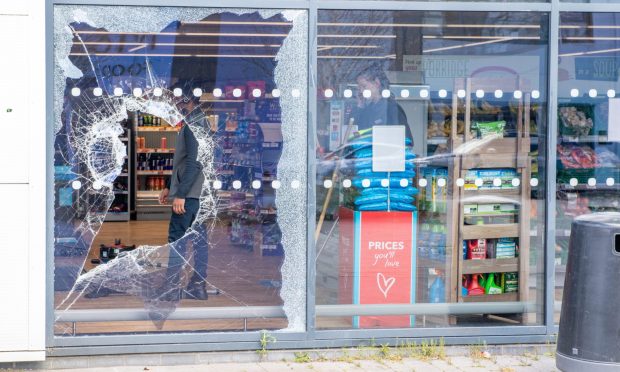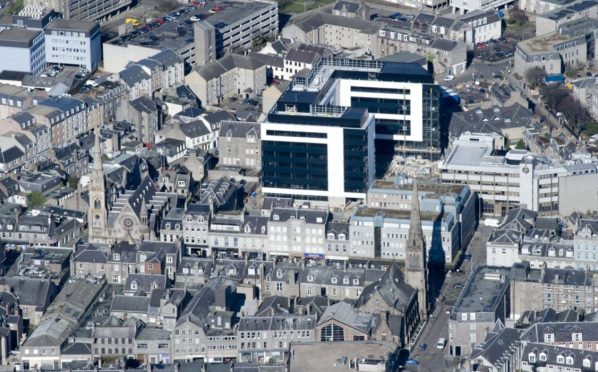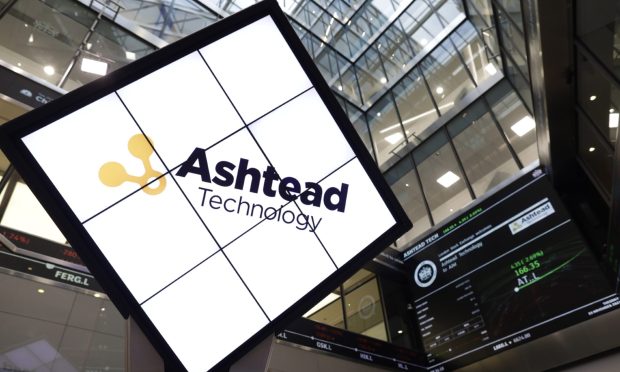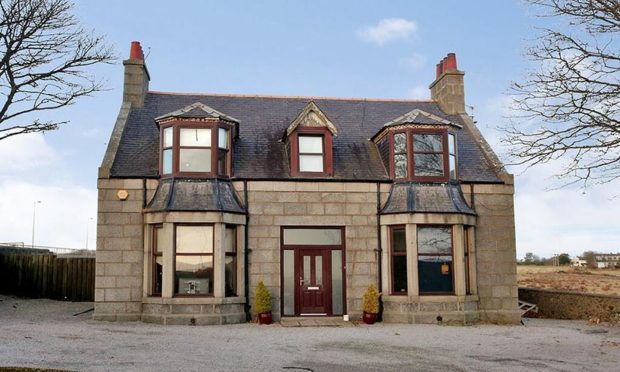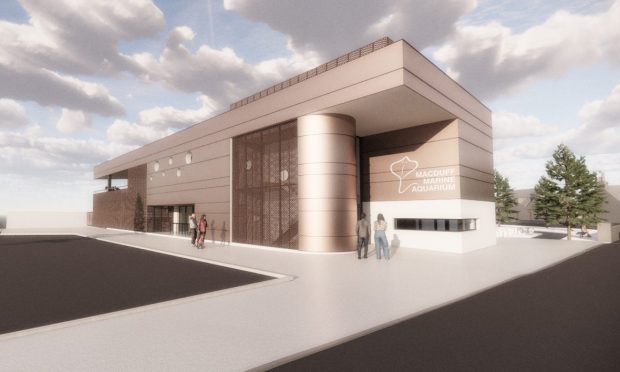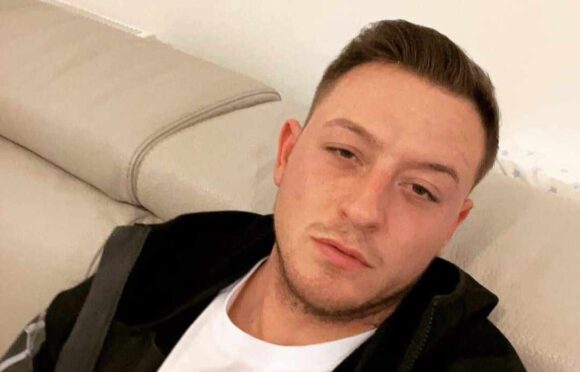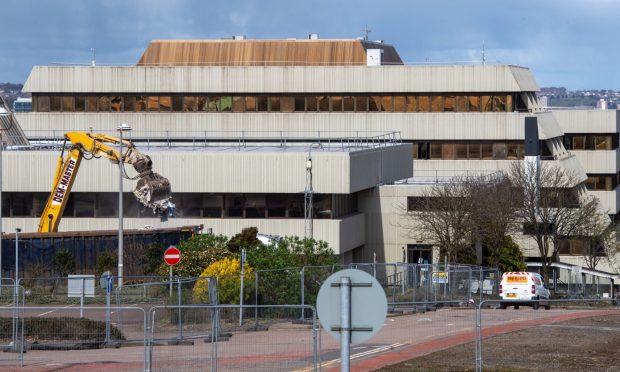A new way of dealing with calls to the police stopped unnecessary trips by north-east officers more than 2,000 times in its first month of operations.
Police Scotland set up a specialist call-handling centre in Inverness in October, aiming to better prioritise resources.
The 25-strong contact assessment model (Cam) team is the first point-of-contact for 101 and 999 calls, with trained officers determining how immediate the threat of harm is.
Yesterday Aberdeen councillors were briefed on the “significant contribution” the new system made on the work load of north-east officers.
Chief Inspector Mike Whitford told them: “In its first four weeks, the Cams officers completely resolved – without those incidents coming anywhere near frontline officers – 1,076 incidents.
“They were involved in partnership with the division and the control room on 483 incidents, and were able to contribute quite significantly to those.
“And then, there were 451 occasions crimes were taken remotely over the phone, either because it suited the member of the public or the level of risk justified it.
“So in total that ‘s more than 2,000 incidents that did not come out immediately to frontline officers in four weeks.
“That’s a significant contribution and I have no doubt as we bed this in, the impact will grow.”
Trained officers consider the circumstances of each incident before deciding on an appropriate and proportionate response, which could be immediate attendance, an appointment with an officer or helping over the phone.
It is hoped the system will tie in with other services, such as mental health resources, too.
The introduction comes with the closure of police call-handling centres in the north-east still fresh in the memory.
But Ch Insp Whitford said: “The key principle behind Cam is the recognition that where we were before wasn’t acceptable any more.
“We took calls from the public and we gave them basic gradings, more often than not decided on the type of the incident rather than the nature of the threat or risk of harm involved.
“It led many members of the public phoning police and waiting, sometimes days on, end for officers to arrive.”
He described excitement among officers he had briefed on the system in the past few weeks, whose eyes “lit up when the penny dropped” about how it could improve their work.
Liberal Democrat law and order spokesman on the council, Martin Greig, said: “The police can be the first point of contact for many different reasons. Sometimes this is not about crime or disorder.
“However, the local police are committed to serve and help if they can and the new process includes the option of referring those in need to specialised services beyond the police.
“The changes in managing calls is developing and improving the way our local police serve the people of the north-east.”
